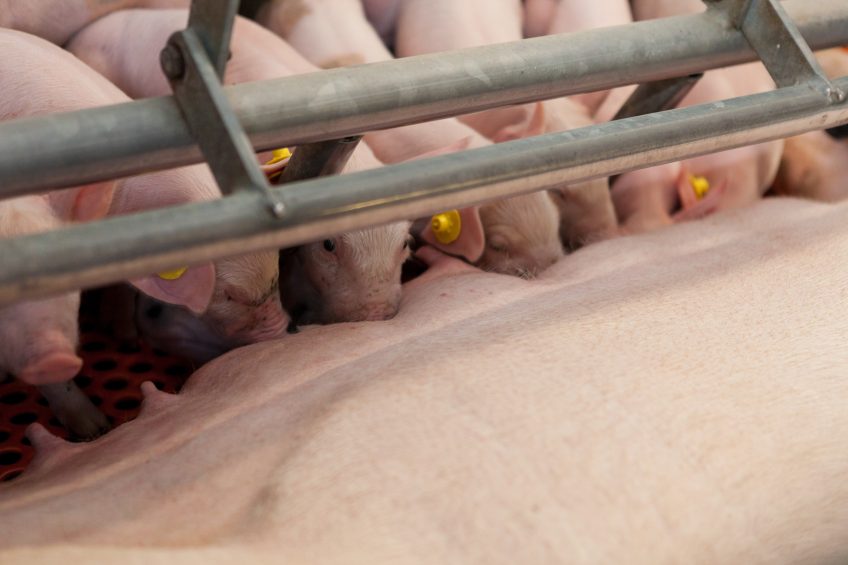Early sow performance predicts later results

Early parity number born alive classification effectively predicts later parity performance, US scientists report after a comprehensive study containing details from years.
The study, published in Livestock Science, was authored by 4 associated with the Iowa State University’s Department of Animal Science. The outcome can play a role for sow breeders when to decide in selection and culling processes.
Comparing sow lifetime performance
The article described the study’s objectives, to compare the lifetime performance of sows based on number of piglets born alive (NBA) and NBA across parities, according to 3 NBA classifications in first and second parity.
Data were collected at 17 farms from the same company, between 2001 and 2014. Farms were located in the Mid-West region of the United States. The scientists used a total of 105,719 sows producing 502,491 records accounting for the lifetime performance. Data included both purebred and crossbred sow information.
The scientists classified the sows into 3 NBA categories (e.g., low, medium, and high) according to the 25th percentiles of NBA in parity 1 and parity 2.
Parity 1 classifications:
• low <10 nba;>
• medium 10-12 NBA;
• high >12 NBA.
Parity 2 classifications:
• low <11 nba;>
• medium 11-13 NBA;
• high >13 NBA.
The scientists described how mixed model analyses were applied to the data. “Sows in the low first and second parity NBA classification had an average of 1-1.8 less NBA per parity in parities 3 through 7, when compared with sows in the medium and high NBA classifications, respectively.”
They continued to write that, “Conversely, sows classified as high NBA in parity 1 and parity 2 had greater NBA in all subsequent parities as well as total lifetime NBA when compared with sows classified as low or medium NBA. The effect that parity 2 classification has on estimated later parity performance is dependent on parity 1 classification.”
Predicting total lifetime NBA
The interaction between classifications was also seen when predicting total lifetime NBA, the scientists wrote. “As parity 1 classification increased, the difference between estimates of high versus low parity 2 NBA classification sows became smaller. For example, with the removal parity of 7, the difference between a high versus low classified sow in parity 2, both with a parity one classification of low, was 10.3 lifetime NBA. The difference between high versus low parity 2 classified sows that were both high in parity one was 8.6 lifetime NBA. It was shown that parity 1 and 2 classification only had a small effect on the parity of removal.”
The researchers concluded, “Overall, it was demonstrated that the use of first and second parity performance, based on number born alive, can be used effectively to predict subsequent parity and lifetime performance which can aid in selection and culling decisions early in the sow’s life.”
The research was carried out by Tasha R. Gruhot, Julia A. Calderón Díaz, Tom J. Baas and Kenneth J. Stalder, all associated with the Iowa State University. Julia Calderón Díaz is also attached to the Polish Academy of Sciences and Teagasc, Ireland.











